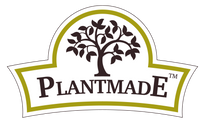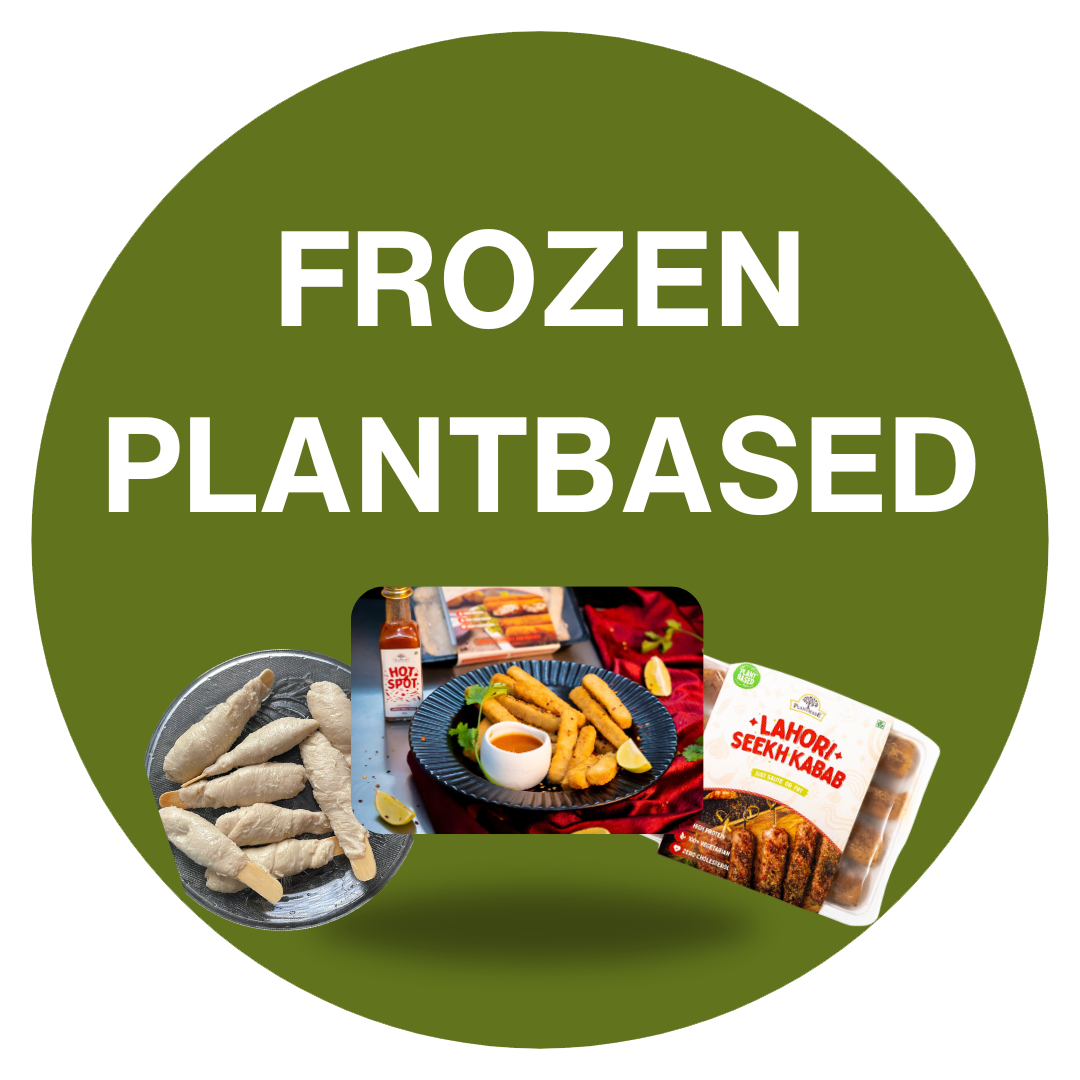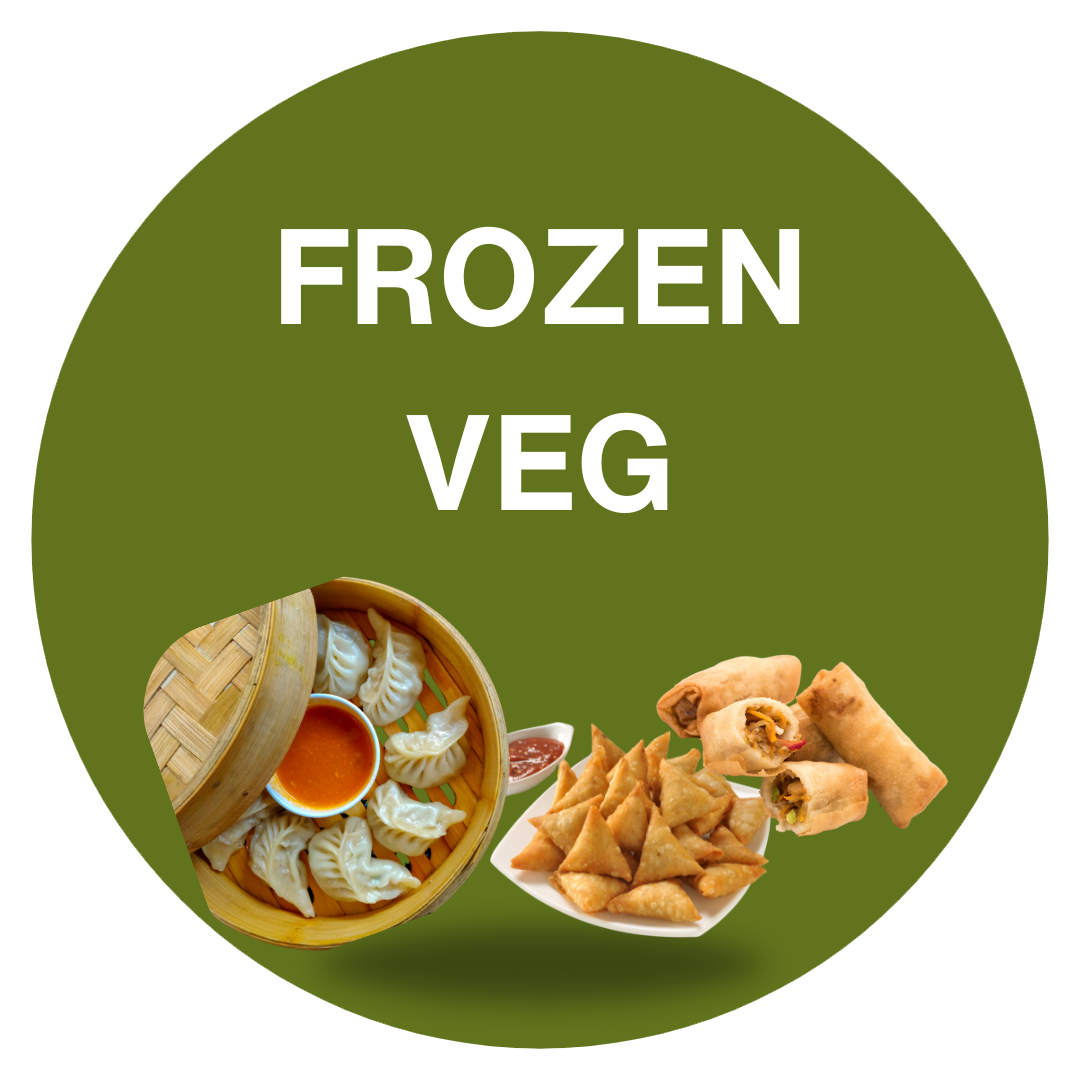Loofah, a vegetable sponge also spelt luffa, is also known as vegetable sponge, and sponge gourd. You must be thinking what is Loofah? Loofah is a Natural and vegetable sponge for your daily hygiene care. Let’s know more about this plant-based skin exfoliator.
What is Loofah?
Loofah is a genus of tropical and subtropical vines in the cucumber family. There are two species, (botanical name, Luffa acutangula &L. aegyptiacaare) which are cultivated commonly for their fruits when they are young. If they are not harvested early and they become hard and have a fibrous sponge-like interior.
This fibre like the interior is used domestically by scrubbing during bath and for washing dishes. The spongy fruit also has a number of applications as an industrial filter. The young fruit is a popular vegetable in South Asian countries like India, China and Vietnam. In North India, it is known as Torai. Take a look at the pictures below.
Pic 1 is of the ripped fruit that can be cooked as a vegetable and the second picture is of the fibrous sponge that is extracted from a hardened fruit after drying it.


Lost to time, the origin of the loofah sponge is unknown as to where exactly it originated from, but most scientists and historians believe it originated in Asia or Africa and actual cultivation first started in India. Carbon dating revealed that the Luffa gourd was brought to North America over 9000 years ago! Incredible if u ask me.
How Loofah Vegetable Sponge exfoliates?
Loofah vines are large aggressive climbers with coiling tendrils and unisexual yellow flowers. The oblong fruits are greenish in colour when young and become straw coloured with a brittle rind when mature.
These grow till 3 foot long and features closely netted vascular bundles throughout such complexity has resemblance to a sponge in texture. These are used as a sponge after drying. The process involves the removal of the skin, pulp and the seeds.
Grow Your Own Loofah Vegetable Sponge?
Plants like these are cold-sensitive and require a long growing season for its fruits to mature. Let’s take a look at some points to make a special note.
- To encourage germination, the seed is typically soaked and then scratched with a knife or filed.
- This plant matures and grows slowly in the autumn season.
- Loofa requires plenty of sunshine and hot summer temperatures with adequate water and well-drained soil.
- People sometimes create a natural shade canopy when the tendrils twine and wind up with supported across the overhead trellis.
- Before the fruits start dangling here and there these plant flowers attract pollinators like bees, ants, etc. in the late summer just before the fall.
Harvesting Natural Loofah and it’s Process
- The fruit should fully ripen on the vine itself before harvest.
- As it matures with time the fruit starts to lighten in colour and also loses its water weight.
- The shell hardens and starts to separate from interior fibres. Typically the vine starts to dry, as well.
- But when waited too long and the outer shell over hardens making peeling difficult. Decay also can begin, as evidenced by dark spots, when fully ripened fruit is left too long on the vine.
- Growers typically break off the mature fruit’s outer shell by slamming it on a hard surface and or crushing it with a heavy flat object.
- Peeling reveals a spongy fibre, which is extracted, washed and squeezed to remove excess water.
- A bleach-water soak can lessen persistent stains. Otherwise, the fibrous “sponge” should be left in the sun to thoroughly dry also helping in curtail mould growth.
Versatile Applications of the Loofah Scrub
- It is still used in many parts of the world for medicinal purposes, including healing extracts and medical tools, mattresses, insulation, hat padding, soldier’s helmet padding, for painting, ornaments, decorations and water filters.
- During the WWII, the skeleton of the Luffa gourd was used extensively for diesel engine oil filters and steam engine filters. Before the end of WWII, most luffas were imported from Japan, however, the horrible attack on Pearl Harbor ended the bulk importation of luffas to the United States.
- Loofah a vegetable sponge is a great pot scrubber as well, particularly for no-stick pans.
- The plant has served for hundreds of years as a healing herb as well. Luffa seeds are emetic and purgative, and the leaves are used by the Chinese in treating skin diseases.
- In Japan, a preparation made from luffa is sold commercially as a skin softener. And, according to a sixteenth-century Chinese herbalist, “The fresh fruit is considered to be cooling and beneficial to the intestines.”
- It is widely used in the traditional Indian medicinal system to treat a lot of health conditions like in jaundice, diabetes, haemorrhoids, dysentery, headache, ringworm infection, and leprosy.
The Mingling of chemical compounds
More than 50 chemical compounds have been isolated from the plant which mainly comprises flavonoids, anthraquinones, proteins, fatty acids, saponin triterpene, volatile components, and other phytoconstituents.
The crude extract of the plant and its isolated compounds possess broad pharmacological activities such as antidiabetic, hepatoprotective, antiulcer, anticancer, immunomodulatory, antihyperlipidemic, antioxidant, antimicrobial, CNS depressant, analgesic, and anti-inflammatory.
Medicinal compounds from these plant sources have played a key role in the prevention and treatment of disease since our ancient time. Some of these compounds are toxic to plant predators but have beneficial effects in the treatment of human diseases.
Demand for isolated compounds from these plants is growing throughout the world and many pharma companies are currently conducting extensive research of these compounds in human health.
Different parts of “Luffa acutangula” have been used extensively by different ethnic groups in India for medicinal purposes, like in –
- Maharashtra and the tribal areas of Madhya Pradesh leaves and fruit powder is used for the treatment of jaundice.
- A local inhabitant from reserve forest of Mahadevpur in Telangana widely uses the fruit for diabetes treatment.
- by the tribes of western Maharashtra on the insect bite. Fruit powder is applied topically to treat swollen haemorrhoids.
- Oral administration of seed powder is extensively used for the treatment of urinary bladder stone in Rajasthan.




